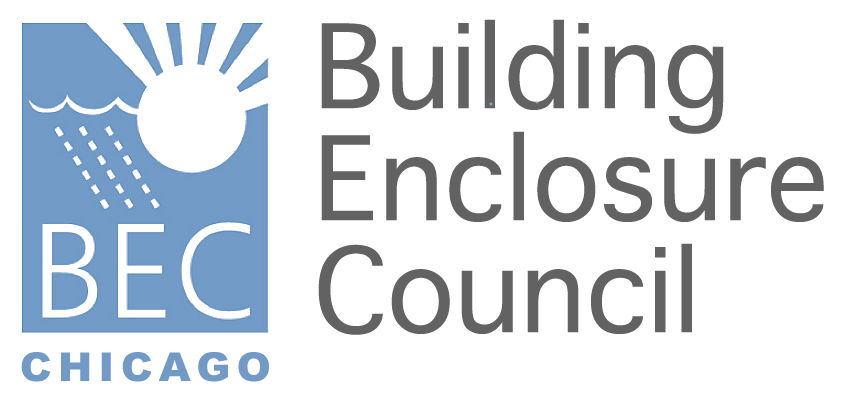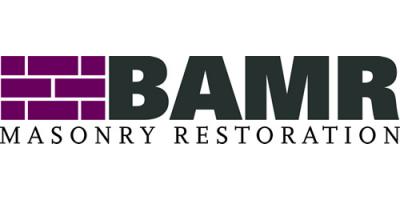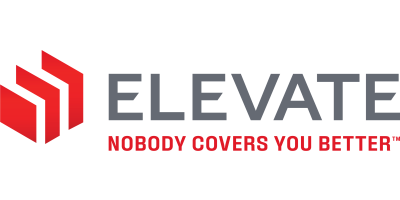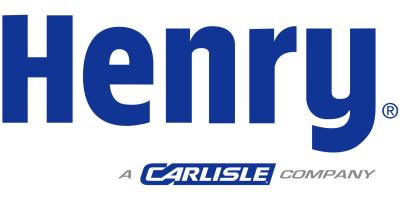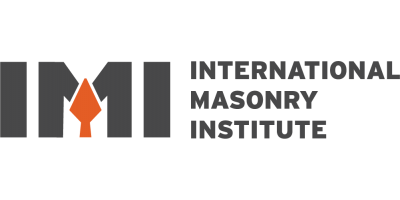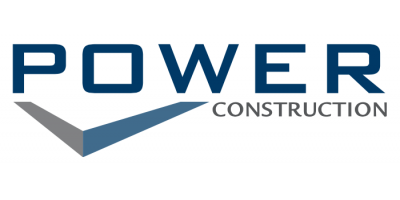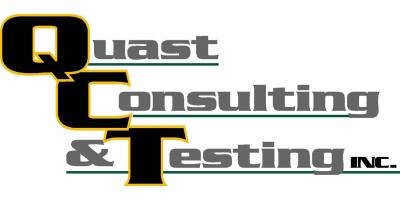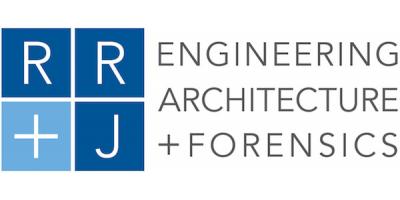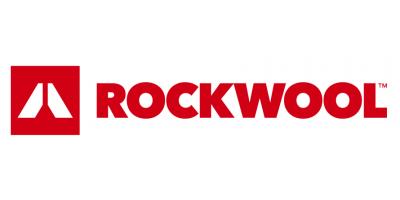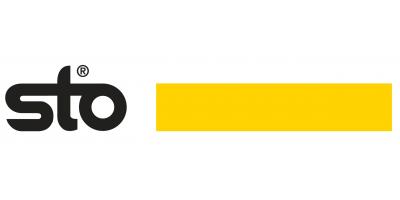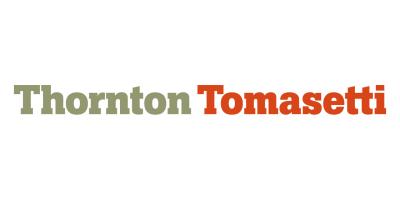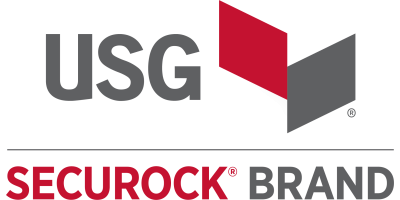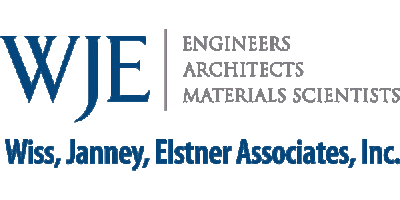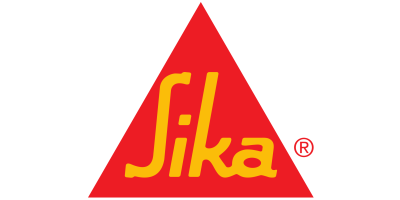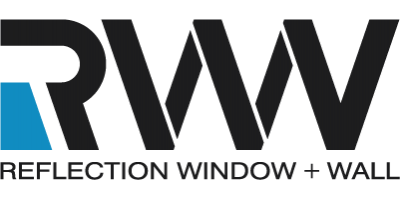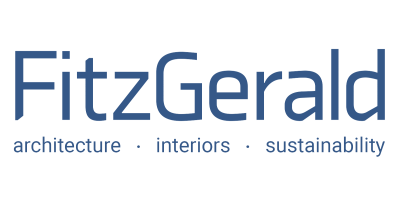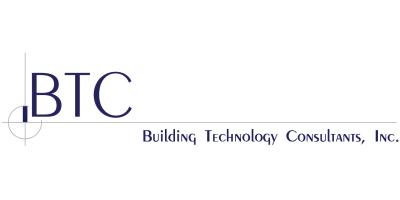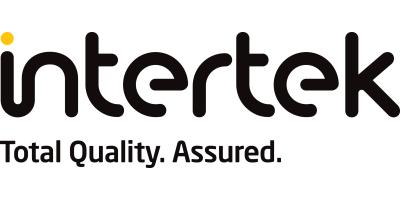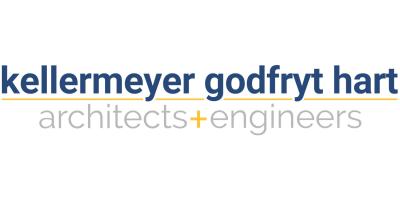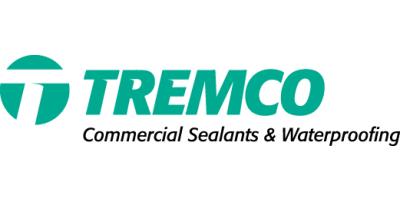| Location | Virtual Meeting via Webinar |
AIA CREDIT: Yes
ABSTRACT:
In just the past couple of years, the mainstream of building professionals has come to recognize that terms like ‘green’, ‘sustainable’ and ‘net zero’ are not really true descriptors of a building project unless embodied carbon emissions – greenhouse gas emissions associated with the construction, conservation, renovation and demolition of buildings – are also factored into the equation. As the world moves closer to a projected climate change ‘tipping point’, the construction industry is scrambling to reckon with this issue and bring knowledge and action regarding embodied carbon up to the level of operational carbon knowledge and action. The building enclosure is at the fulcrum of the effort to balance operational carbon emissions against embodied carbon emissions, as building professionals seek to minimize building emissions as a whole. This presentation seeks to provide guideposts through the maze of issues and choices that enclosure designers must now confront, including:
- What core principles and priorities should guide our thinking? What pitfalls should we avoid? What’s the current state of knowledge about embodied carbon?
- What proportion of the embodied carbon for a building is typically related to its enclosure? How is that proportion affected by a building’s lifespan?
- What materials and systems are typically high in embodied carbon? What are the tradeoffs we should be aware of as we make material and system design decisions?
- How can Life Cycle Assessments for Embodied Carbon be incorporated into the enclosure design process, and how does LCA mesh with LEED, Passive House, building codes and other certifications and regulations?
- What tools are available for embodied carbon counting, and how should we go about choosing appropriate tools and consultant services?
- What kinds of cost premiums are associated with embodied carbon reduction strategies? Is lower embodied carbon more expensive or less expensive to build? Are clients ready to pay the premium for this new professional service?
LEARNING OBJECTIVES:
- Understand what proportion of whole building embodied carbon emissions are typically due to enclosure, and how enclosure operational emissions and embodied emissions are related.
- Understand the embodied carbon emissions associated with typical enclosure materials and systems, and the interrelationship with building structure and mechanical systems, as well as with building longevity.
- Understand how Life Cycle Assessment (LCA) is critical for evaluating embodied carbon generally and enclosures in particular. Introduction to types and uses of LCA analysis.
- Review what embodied carbon counting tools are currently available, and gain a broad overview of program types and appropriate applications.
- Understand the current state of data upon which embodied carbon accounting is based, including Environmental Product Declarations (EPDs).
PRESENTER BIO:
Catherine Paplin, R.A., is an architect registered in New York and New Jersey with 30 years’ experience in the field, both as a designer and as an enclosure consultant. She is a strong proponent of building preservation and reuse (historic and non-historic), and believes in weaving old and new construction into a harmonious whole. Her intensive work in building enclosure science began with her work with James R. Gainfort, AIA, PC, followed by her partnership with Martina Bacarella (Bacarella Paplin Architects PC), and continues in her current work as Senior Enclosure Consultant with Steven Winter Associates, Inc. Catherine was galvanized to focus on embodied carbon by Anthony Pak’s workshop and lecture in NYC during Climate Week 2019; her blogs on the embodied carbon of insulation are on the SWA website along with a podcast interview and discussion on EC with co-presenter Kai Starn. Her presentation on the embodied carbon of insulation for the Boston Society of Architects’ EC101 series this past spring will now be available under the AIA continuing education offerings along with all the presentations in the EC101 series – a great resource for all things Embodied Carbon.
Kai Starn, LEED AP, has ten years-experience with commercial green programs such as LEED and residential construction field experience. Kai is passionate about drawing down carbon in the built environment and helping his clients achieve their mitigation and resiliency goals. As a Senior Sustainability Consultant at Steven Winter Associates, Inc., he leads integrated sustainable design workshops in early design to illuminate project requirements and objectives. He also spends a significant amount of time characterizing materials' sustainability attributes and using each Life Cycle Assessment tool at his disposal to analyze structure and enclosure. He is inspired by the foundational publication by Bruce King on materials that argues that the time value of carbon emissions is greater now than in the future. As an industry, net-zero operational energy is not enough because the carbon reduction is spread over time. We must also account for the immediate impacts created by materials, or use the shorthand term Embodied Carbon. Kai is passionate about demystifying those concepts and sharing realistic and relevant tips and frameworks to assist your next design.
VIRTUAL MEETING REGISTRATION & LOGIN INFORMATION:
For BEC Chicago members, an invite with REGISTRATION LINK will be sent out approximately 7 to 10 days in advance of event. After registration, a confirmation email with LOGIN INFORMATION with be sent for the virtual meeting that will be hosted through ZOOM. For non-BEC Chicago members interested in attending, you may contact Jeff Diqui at jdiqui@imiweb.org to request an invite. The invitation will include a REGISTRATION LINK.
